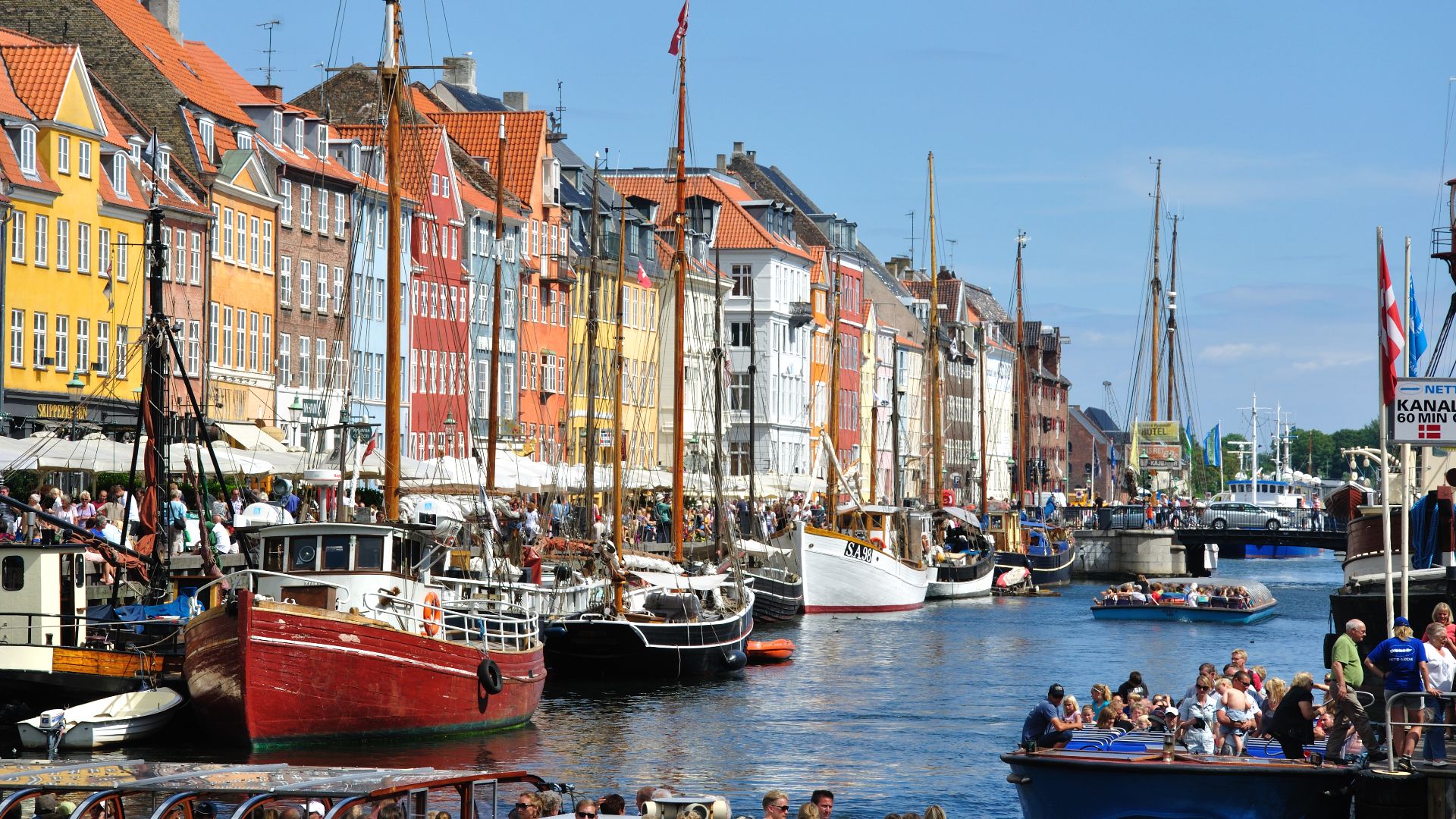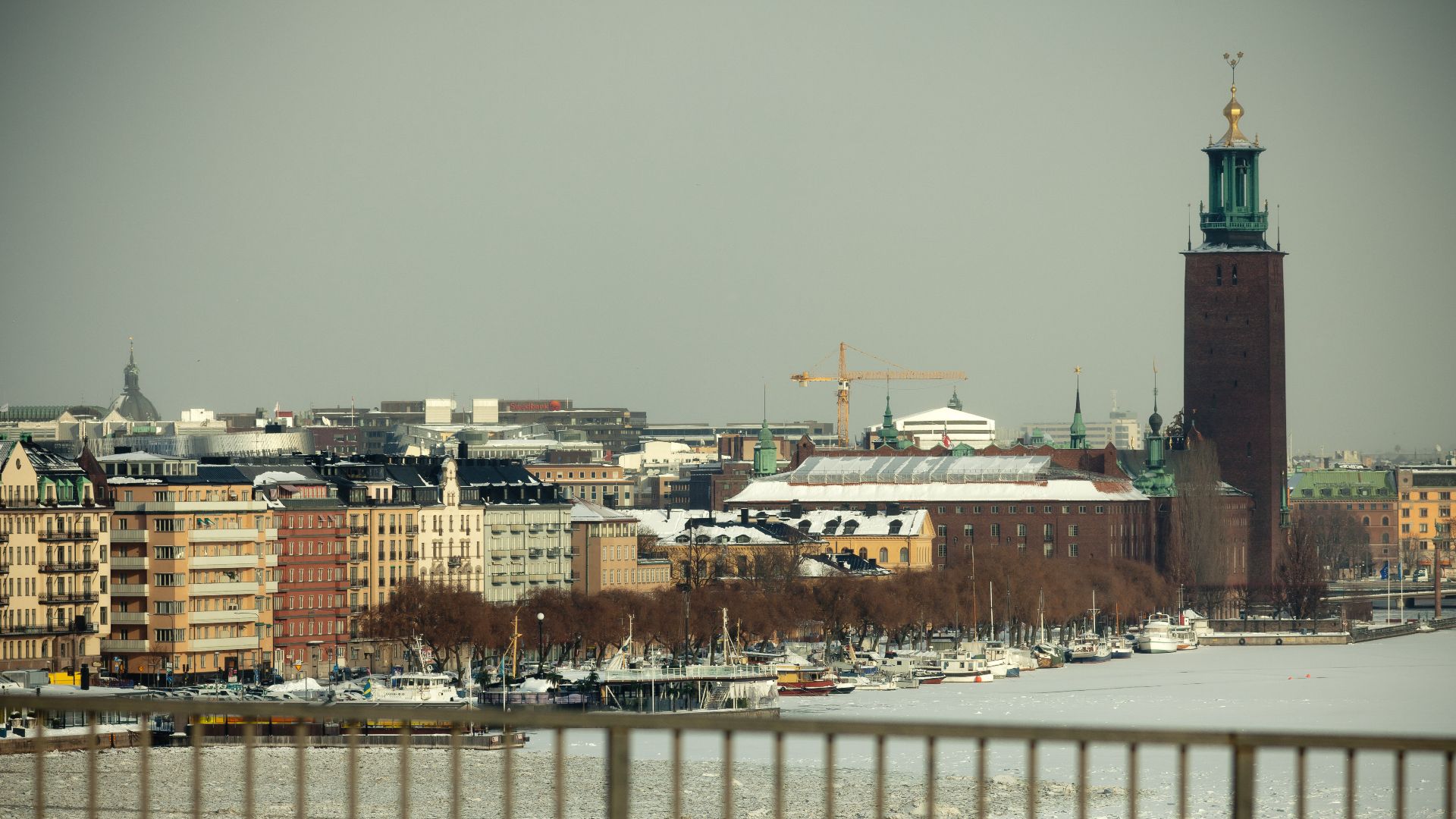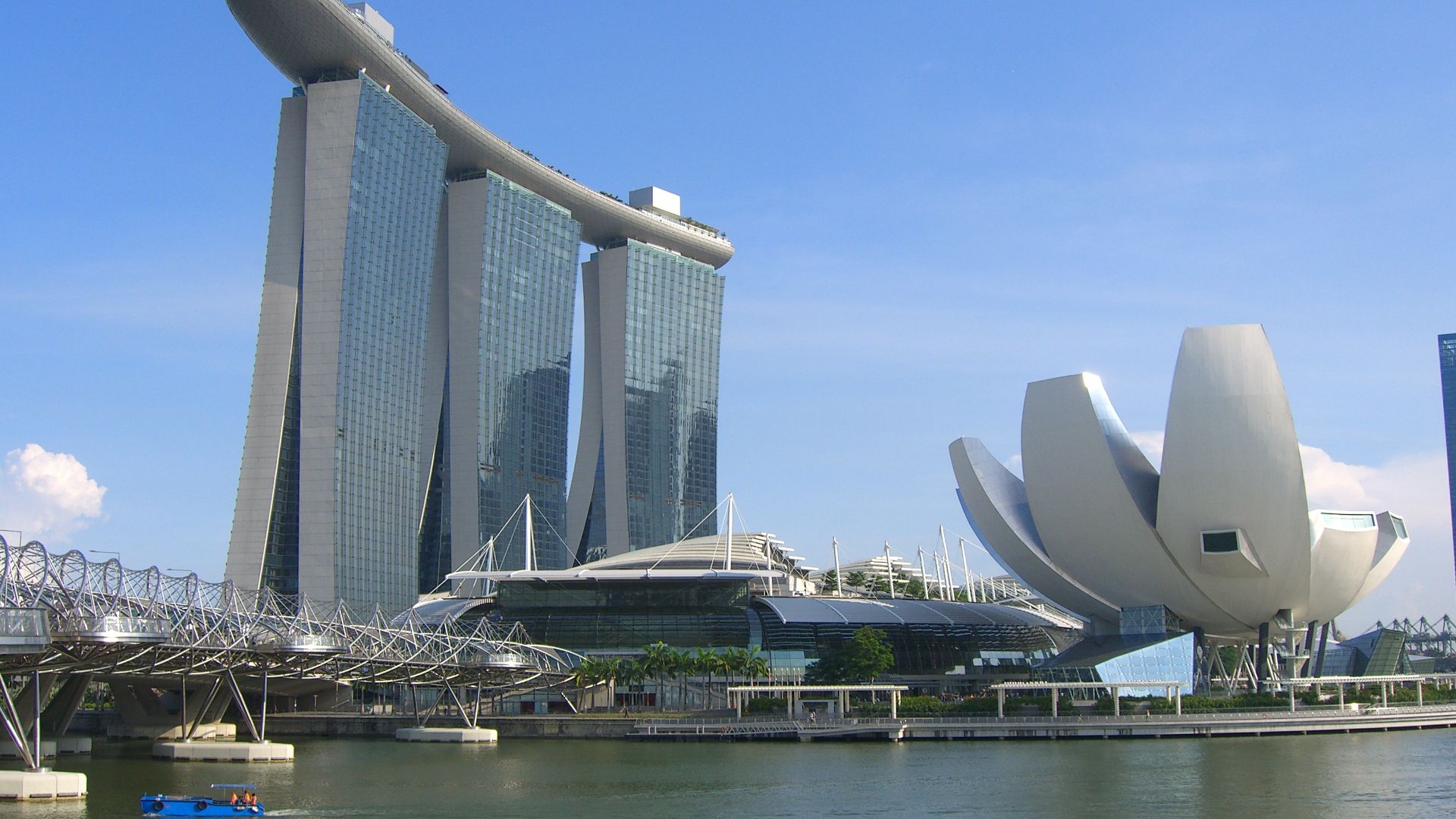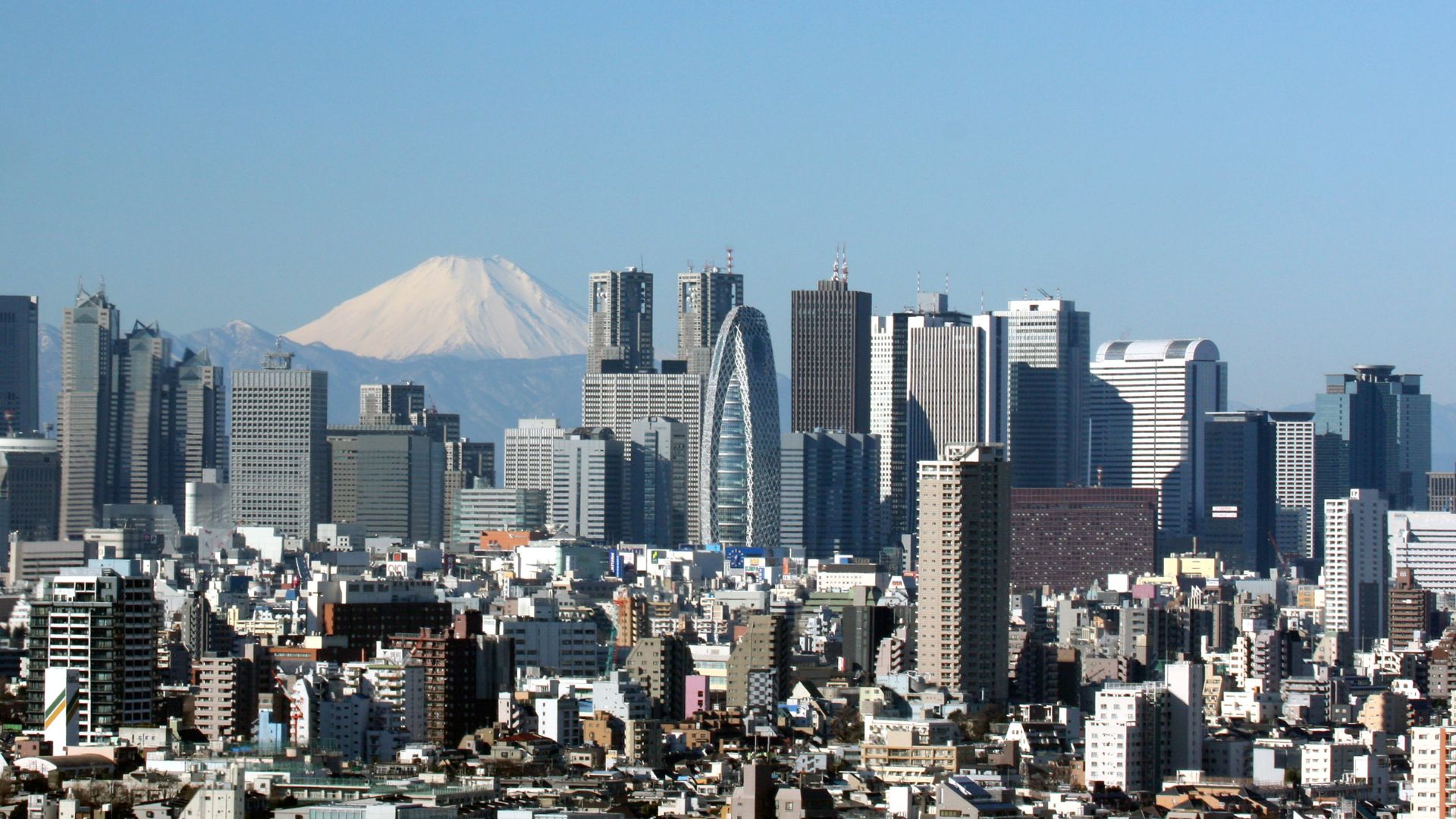Quality Of Life: What We Mean Here
Quality of life isn’t one score; it’s a bundle of comparable measures collected by international institutions. But at the end of the day, it's about the daily life of a country's citizens.
In this article we lean on the UN’s Human Development Index (HDI), the OECD’s well-being indicators, World Bank income and inequality data, WHO health statistics, and UN crime data to keep things apples-to-apples.

Our Yardsticks (And Why)
We focus on a few stable pillars that shape everyday living conditions: income (GDP per capita, PPP), longevity (life expectancy), education (PISA), personal safety (homicide rates), and environmental quality (PM2.5). Each indicator comes from a public dataset with consistent methods across countries.
 Geof Wilson, Wikimedia Commons
Geof Wilson, Wikimedia Commons
The Usual Suspects At The Top
Across these pillars, a familiar set of countries keep showing up near the top: Switzerland, Norway, Iceland, Denmark, Sweden, the Netherlands, Singapore, Australia, Finland, and New Zealand. Their strong HDI scores, long life expectancy, relatively low homicide rates, and high purchasing-power incomes place them consistently above most peers.
Switzerland: Tiny Country, Towering Outcomes
Switzerland leads recent UN HDI tables and combines very high purchasing-power income with long life expectancy. It also records low homicide rates by global standards, reinforcing perceived safety.
 Dmitry A. Mottl, Wikimedia Commons
Dmitry A. Mottl, Wikimedia Commons
Norway: Prosperity With Longevity
Norway’s HDI remains among the world’s highest and its life expectancy outperforms the OECD average. High PPP-adjusted incomes and low violent-crime rates support day-to-day security and consumption possibilities.
Iceland: Small Population, Big Well-Being
Iceland combines very high HDI levels with long lives and low homicide rates. Despite its scale, it tracks closely with Nordic neighbors on education and safety benchmarks used by international bodies.
 Andreas Tille, Wikimedia Commons
Andreas Tille, Wikimedia Commons
Denmark: Strong Social Outcomes Show Up In Data
Denmark ranks near the top of HDI and OECD well-being indicators, with high social trust proxies and strong health outcomes. Homicide rates are low, and air-pollution exposure is below many advanced-economy peers.
 Martin Nikolaj Christensen from Sorø, Denmark, Wikimedia Commons
Martin Nikolaj Christensen from Sorø, Denmark, Wikimedia Commons
Sweden: Education And Health Help Drive Results
Sweden’s HDI is high, and its students score above many peers on international assessments, especially in science and reading. Life expectancy is above the OECD average, supported by broad primary-care access noted in OECD health reporting.
 Håkan Dahlström from Malmö, Sweden, Wikimedia Commons
Håkan Dahlström from Malmö, Sweden, Wikimedia Commons
Netherlands: High Incomes, Healthy Lives
The Netherlands pairs high PPP incomes with long life expectancy. It also performs well on OECD well-being indicators such as work-life balance and community, which aggregate official national statistics.
 Nikolai Karaneschev, Wikimedia Commons
Nikolai Karaneschev, Wikimedia Commons
Singapore: Compact And Competitive
Singapore’s PPP income is among the world’s highest and its HDI is in the top group globally. Education indicators remain strong, with high PISA performance in mathematics and science.
Australia: Clean Air And Long Lives
Australia combines long life expectancy with relatively clean air by global standards and strong PPP income. Recent reporting also shows it is one of the few countries meeting WHO PM2.5 guidelines, a marker tied to cardiopulmonary risk.
 Bernard Spragg. NZ, Wikimedia Commons
Bernard Spragg. NZ, Wikimedia Commons
Finland: Learning And Longevity Pay Off
Finland’s students continue to perform well by OECD standards, and life expectancy is comparatively high. Its HDI places it among the world’s advanced human-development countries.
New Zealand: Safety And Environment Matter
New Zealand’s homicide rates are low in global perspective, and its air-quality exposure is relatively favorable. Life expectancy remains high among OECD peers.
 Phillip Capper from Wellington, New Zealand, Wikimedia Commons
Phillip Capper from Wellington, New Zealand, Wikimedia Commons
Canada: Broad-Based Strengths
Canada scores high on HDI and maintains life expectancy above the OECD average. PPP incomes are high, and homicide rates remain low relative to global figures.
 Ken Lund from Reno, Nevada, USA, Wikimedia Commons
Ken Lund from Reno, Nevada, USA, Wikimedia Commons
Germany: Industrial Power With Social Metrics
Germany’s HDI is in the top tier and life expectancy is solidly above many advanced-economy peers. PPP incomes are high, supported by strong manufacturing and services sectors recorded in international datasets.
Japan: Very Long Lives, Steady Safety
Japan’s life expectancy is among the highest in the OECD, and its homicide rate is among the lowest globally. Education performance stays strong in PISA results.
The United States: Strengths And Gaps At A Glance
The United States has very high PPP income per person and remains among the world’s largest high-income economies. Its HDI is high, but recent editions place the U.S. below the very top cluster of European and Asia-Pacific performers.
 Boris Dzhingarov, Wikimedia Commons
Boris Dzhingarov, Wikimedia Commons
U.S. Health Outcomes: Longer Lives, But Not Longest
U.S. life expectancy rebounded to roughly 78 years in 2023, yet remains below most high-income peers in the OECD. OECD health compilations have for years tracked the U.S. near the bottom of the rich-country pack on life expectancy despite high spending.
U.S. Safety And Inequality: Where It Lags
The U.S. homicide rate is higher than in most of the top quality-of-life countries highlighted above. Its income inequality, as measured by the Gini index, is also higher than many OECD peers according to World Bank harmonized series.
 Tony Webster from Minneapolis, Minnesota, Wikimedia Commons
Tony Webster from Minneapolis, Minnesota, Wikimedia Commons
Bottom Line For 2025: Who’s Out Front, And Where The U.S. Fits
Countries repeatedly near the top—Switzerland, Norway, Iceland, Denmark, Sweden, the Netherlands, Singapore, Australia, Finland, and New Zealand—score strongly across income, health, education, safety, and environment. The United States ranks highly on income and human development overall, but trails these leaders on life expectancy, homicide rates, and inequality indicators in the latest international datasets.
 Jdforrester, Wikimedia Commons
Jdforrester, Wikimedia Commons














